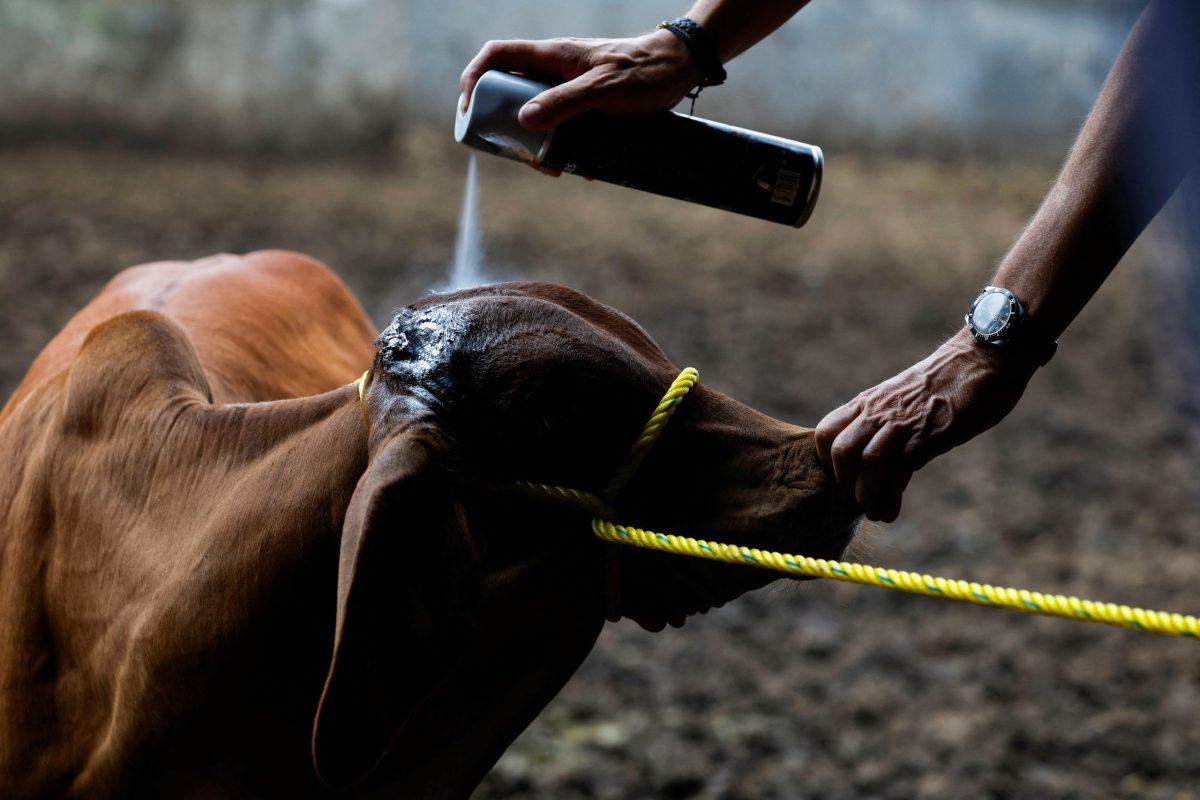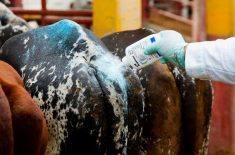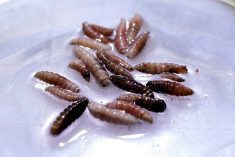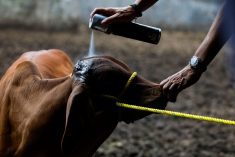Mexico has recorded 5,086 cases of flesh-eating New World screwworm in animals as of August 17, a 53 per cent jump from the number of cases reported in July, according to Mexican government data seen by Reuters on Wednesday.
The updated numbers, which have not been previously reported to the public, showed 649 currently active cases.
“That’s absolutely concerning,” said Neal Wilkins, CEO of conservation and cattle group East Foundation. “Having a 50 per cent increase in month-over-month numbers, particularly in the extreme heat, means they haven’t gotten it under control.”
Read Also

Canadian cattle groups look to renew national organization
Canadian Cattle Association review and potential reset were the focus of a two-day meeting of nine provincial beef associations.
The U.S. border has been closed to Mexican cattle since July due to screwworm concerns.
Screwworm moves north from Central America
The vast majority of cases were identified in cattle, though Mexican government data also showed infestations in dogs, horses and sheep.
Screwworms are parasites that eat warm-blooded animals alive and can devastate cattle herds and local wildlife.
Since an outbreak began in 2023, screwworms have advanced northward from Central America into Mexico and inched closer to the U.S. American ranchers and livestock industry players have closely monitored the fly’s progress northward, fearing an infestation that would cost Texas, the biggest U.S. cattle-producing state, about $1.8 billion, according to U.S. estimates.
Female screwworm flies lay hundreds of eggs in wounds on any warm-blooded animal. Once the eggs hatch, the larvae use their sharp, hooked mouths to burrow through living flesh — feeding, enlarging the wound and eventually killing their host if left untreated.
U.S. human case
On Sunday, Reuters reported the first human case in the United States of travel-associated New World screwworm from an outbreak-affected country. The case, investigated by the Maryland Department of Health and the U.S. Centers for Disease Control and Prevention, was confirmed by the CDC as New World screwworm on August 4, and involved a patient who returned from travel to El Salvador, HHS spokesman Andrew G. Nixon said in an email to Reuters.
The U.S. Department of Agriculture is sending a team to Mexico in two weeks to verify that Mexico is following protocol to prevent screwworm’s northern spread, Deputy Secretary Stephen Vaden said on Tuesday.















